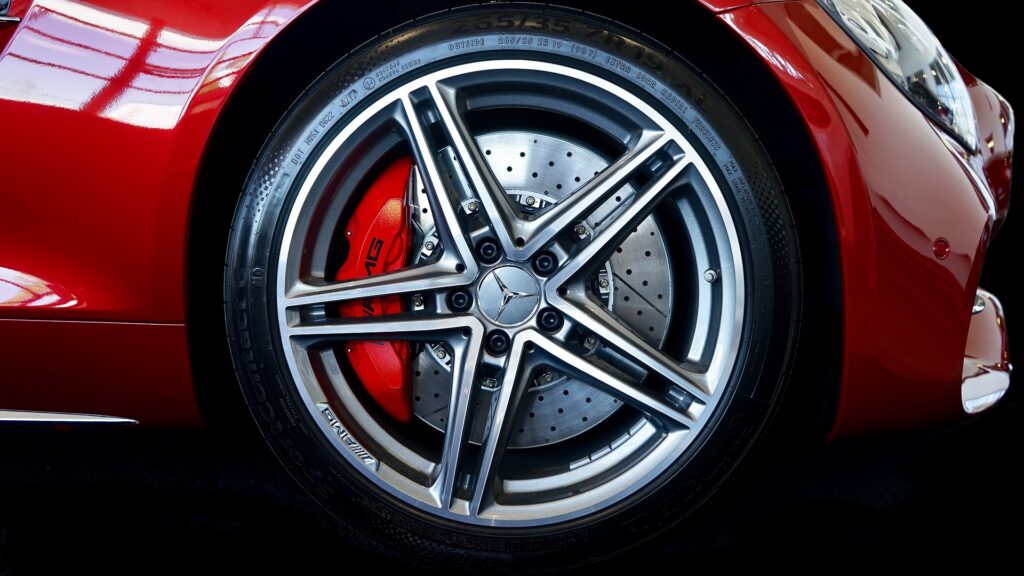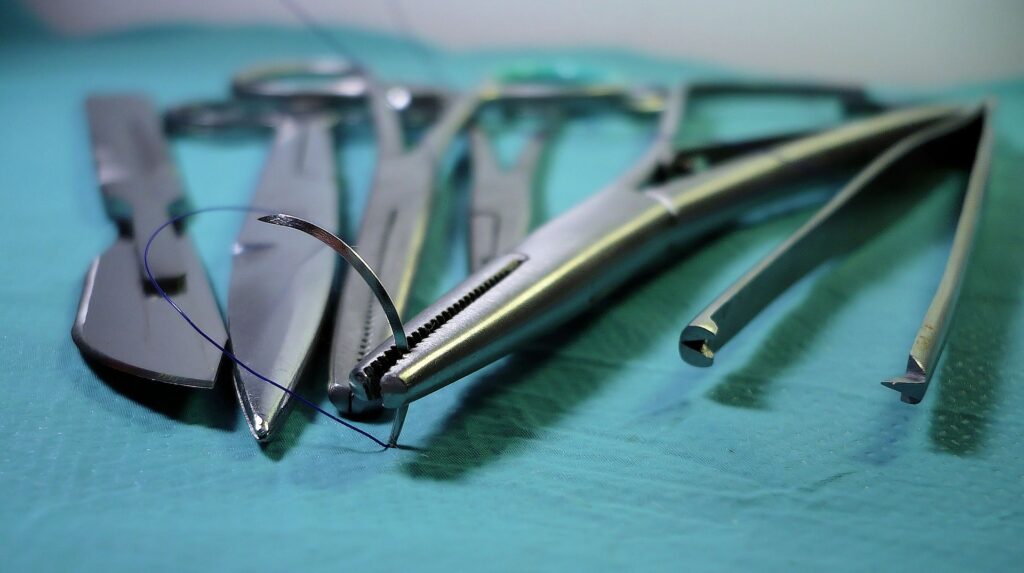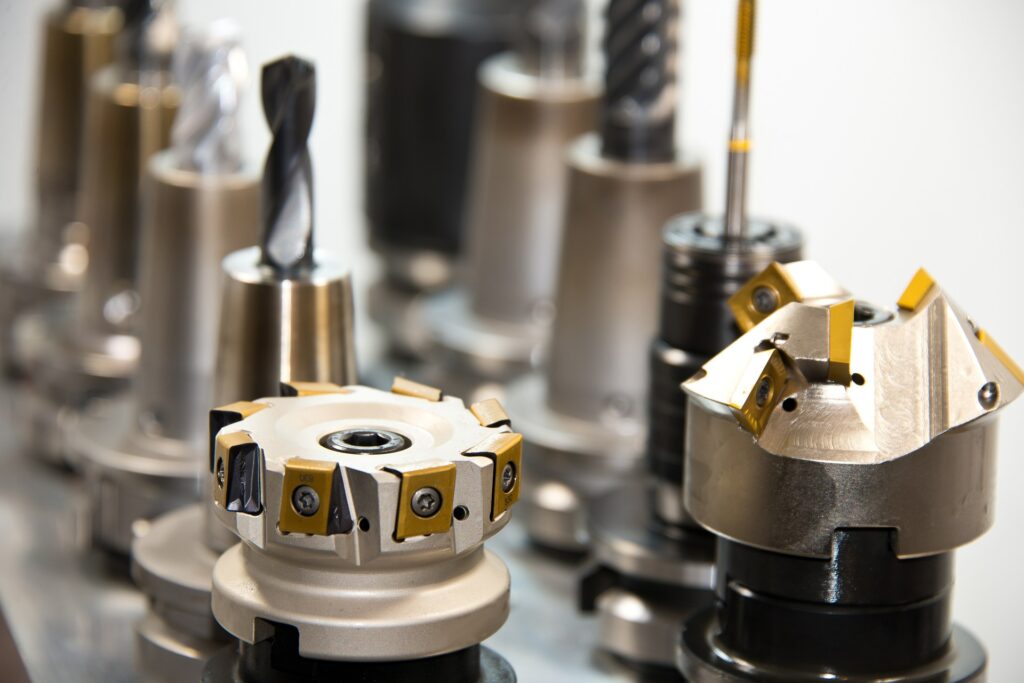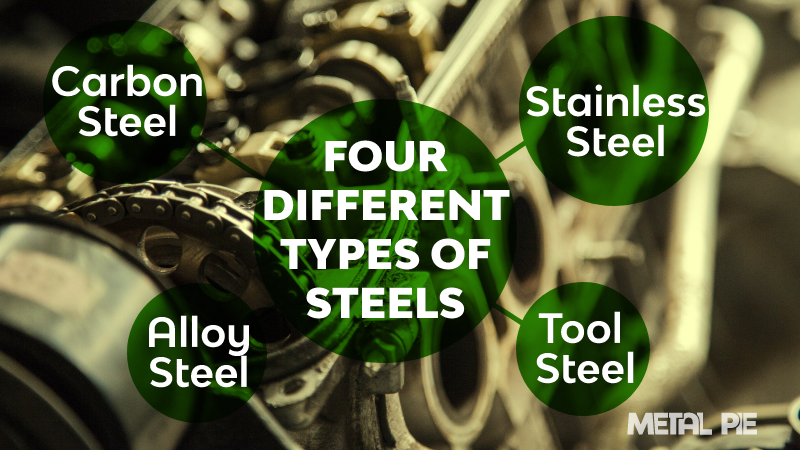Steel is an iron alloy, which means that it is mainly made of iron and then mixed with one or more alloying metals to create a new kind of element with distinct characteristics. If you are interested in metal types, you may read the article “twenty different types of metals,” which includes a simple explanation of the medals and pictures. Today, however, the goal is to investigate four types of steel often found on the market.
Four Different Types of Steels
Steel is classified into four major categories, although many subgroups fulfil various functions. Its characteristics vary based on the elements added with iron and the techniques used to heat and cool the metal. Carbon steels, alloy steels, stainless steels, and tool steels are the four significant types of steels.
Carbon Steel
These steels are distinct kind of steel that, as the name implies, contains more carbon than other types of steel.

The majority of steels have a low carbon content ranging from 0.05% to 0.3%. Carbon steel, on the other hand, has a carbon content of up to 2.5%. 2.5% carbon may seem small, yet it adds many appealing advantages not seen elsewhere.
Carbon steel has three common types. The quantity of carbon in the steel composition determines how these kinds are categorized.
- Low Carbon Steel: Low carbon steel typically has a carbon content ranging from 0.04% to 0.30%. This steel is one of the most common types of Carbon Steel. It includes a wide range of forms, from flat sheets to structural beams. Other components are added or increased depending on the required characteristics.
- Medium Carbon Steel: This kind has a carbon level ranging from 0.31% to 0.60% and a manganese concentration ranging from 0.06% to 1.65%. Medium carbon steel is more difficult to shape, weld, and cut than low carbon steel. The manufacturer often uses the heat treatment method to harden and temper medium carbon steels.
- High Carbon Steel: People often call this steel carbon tool steel. It usually has a carbon content ranging from 0.61% to 1.50%. High carbon steel is difficult to cut, bend, and weld high carbon steel. It becomes very hard and brittle after being heat treated.
Applications
Shipbuilding, wire, automobile bodywork, and household goods are all made from low-carbon steel. As heat treatment cannot change it, the production extensively utilizes it in fabrication and panelling. Wrought iron is carbon steel with the least carbon, used for fences, gates, and railings. These steels are durable but not fragile.
Medium carbon steel is considerably simpler to process, and the addition of trace quantities of silicon and manganese enhances the quality. It is also known as mild steel and is widely used structurally in buildings and bridges, axles, gears, shafts, railways, pipelines and couplings, automobiles, refrigerators, and washing machines.
On the other hand, High carbon steel provides higher tensile strength. People use it to produce cutting tools, blades, punches, dies, springs, and high-strength wire.
Alloy Steel

Molybdenum, manganese, nickel, chromium, vanadium, silicon, and boron are all alloyed into alloy steel. These alloying elements enhance the metal strength, hardness, wear resistance, and toughness of the metal.
The proportion of alloying elements may range between 1 and 50%. However, alloy steels usually are of two types, low alloy steel and high alloy steel. Besides these two types, other standard alloy steels include High Strength Low-alloy (HSLA) Steel and maraging steel.
- Low Alloy Steel: The relevant low alloy steel combines the chromium–molybdenum series, with vanadium, niobium, titanium, and other elements added. They often provide creep-resistant steel properties.
- High-alloy Steel: High Alloy Steel is an iron alloy with a 10.5% chromium content. The alloy combination in high alloy steel is also more than 10%. The latent layer is a thin coating of oxide that chromium deposits on the steel’s surface. They are somewhat more expensive than low-alloy steel.
- High Strength Low-alloy (HSLA) Steel: HSLA (high-strength low-alloy steel), also known as Micro-alloyed steel. High-strength low-alloy steel (HSLA steel) is a kind of steel that has better mechanical characteristics and higher resistance to atmospheric corrosion than conventional carbon steel.
- Maraging steel: Low-carbon martensitic steels use substitutional alloying elements to accomplish precipitation strengthening. Scientists discovered many sheets of steel that can obtain high strength at low carbon levels; martensitic precipitation-hardened stainless steel is one of them.
Applications
Pipes, particularly pipes for energy-related purposes, are most frequently made of alloy steel. It’s also suitable to make heating components for toasters, cutlery, pots and pans, and corrosion-resistant containers, among other things.
Stainless Steel

This steel is a category of ferrous alloys with at least 11% chromium, a composition that resists corrosion and offers heat resistance. Carbon, nitrogen, aluminium, silicon, sulphur, titanium, nickel, copper, selenium, niobium, and molybdenum are all components found in stainless steel in various forms.
In addition to these environmental benefits, stainless steel is also aesthetically appealing, extremely hygienic, easy to maintain, and very durable, and offers various functions. As a result, stainless steel may be available in a wide variety of everyday products. Transportation, building, research, medical, food, and logistics are just a handful of the industries that have a significant impact.
- Austenitic stainless steel: This kind of stainless steel has two distinct features. To begin with, austenitic stainless steel contains a significant amount of chromium. This material improves corrosion resistance. Second, these objects are typically non-magnetic, but a cold forming procedure may make them magnetic. The following are the most prevalent stainless steel alloys.
- Ferritic Stainless Steel: This type of stainless steel is the second most common alloy and magnetic. This alloy’s materials are hardenable through cold forming and less expensive than other types due to the lower nickel content.
- Martensitic Stainless Steel: The least frequent kind of stainless steel alloy is this one. Martensitic stainless steel is often suitable in applications that need high tensile strength or high impact resistance. To enhance corrosion resistance, this material is often coupled with a protective polymer covering.
Application
The manufacturer often utilizes Stainless steel in applications that need steel’s unique characteristics and corrosion resistance. Coils, sheets, plates, bars, wire, and tubing are all machined from this alloy. It’s usually turned into the following application.
Besides, Stainless steel is widely popular in automobiles and transportation, medical Facilities, building constructions, aircraft construction, food and catering, etc.
Tool Steel

Various carbon and alloy steels that people frequently use to manufacture tools are called tool steel. The steel used in consumer products is significantly different, and the production has a smaller scale. Quality assurance controls to ensure that a specific grade of tool steel can complete a particular task, such as machining or perforating.
Types of Tool Steel
- Water Hardening tool steel: These are basic carbon tool steels with carbon content ranging from 0.60 to 1.40%. As a result, these tool steels are the cheapest. The intrinsic hardenability of these steels is poor. In water, sections with a thickness of less than 8 mm will through-harden.
- Shock-resisting tool steel: These tool steels are famous for their exceptional toughness and ability to withstand repeated blows. As a result, maintenance of the carbon content of these steels is low, ranging from 0.45% to 0.60%, although they have considerable wear resistance. Silicon, chromium, and tungsten are the primary alloying elements used.
- Mould Steel: As for the name, Mould steel is famous for creating plastic moulds. Steels must resist extreme pressure as well as the abrasive action of moulding powders. As a result, the moulds’ surfaces should be hard to resist abrasive activity. The moulds’ cores should be strong to resist stress during the compression cycle. On the other hand, the moulds’ surface should have a high degree of finish to impart a superior surface finish to the moulded goods,.
- Cold-work tool steels: The most significant group of tool steels is this one. The bulk of tool applications fall into this category, and as a result, it generates the greatest tonnage. As their name implies, these steels procedure manufacture tools for cold work situations do not exceed 200°C.
- Hot work tool steels: These tool steels are primarily suitable for high-temperature metal forming operations (except cutting), such as hot stamping, piercing, hot forging, hot drawing, hot extrusion, upsetting, swaging, die-casting dies for aluminum and copper alloys, hot pressing dies for copper alloys, and so on, where the operating temperature is between 200°C and 800°C.
Applications
Forming, stamping, cutting, and shearing of plastics and metals, extrusion of plastic sections, such as vinyl window frames and pipes, stamping of computer parts from metal sheets, slitting of steel coils into strips, and dies for compacting powder metal into forms such as gears are all common uses for tool steels.
Summary
Steel is a kind of metal that is a mixture of iron and other materials. The majority of firms are searching for steel for their specific market. In this instance, one type of steel does not meet the product’s requirements.
As a result of the composition structure and production techniques we employ, various kinds of steel find their way into our industrial environment. These four kinds of steel, on the other hand, are common in every industrial industry.
For a better understanding, we have shown all of the sub-categories of each kind. We trust that this information will aid you in your study. This article will help you clarify what you’re searching for in your next project.

Leave a Reply
You must be logged in to post a comment.